This is apparently a sign of the current state of affairs in our world and the “new normal.” Newsweek has decided to publish a helpful guide describing where you should or shouldn’t be during a nuclear attack by Russia. The editors reached out to some “experts” on this subject to collect these helpful tips for all of us. (Who knew there were subject matter experts on being nuked?) Most of the results, as we’ll discuss in a moment, aren’t exactly surprising and it probably didn’t require a rocket scientist (pardon the phrase) to figure them out. But perhaps the more pressing question should be precisely how and when we reached the point where this sort of guidance is being casually discussed and dispensed to the public. Do they realize they’re talking about the end of the freaking world?
Amid heightened nuclear tensions as the Russia-Ukraine war continues to rage on, many have questioned the chances of a nuclear war and the best and worst places to be located if one were to break out…
While speaking with Newsweek on Thursday, Dinshaw Mistry, a professor of international affairs and Asian studies at the University of Cincinnati, explained that the “worst place to be located is the place most likely for a nuclear strike.”
“The worst place would essentially be strategic targets, such as military and missile bases…bases are basically in the proximity of populated centers, whether it’s cities or towns,” Mistry said. “The worst place is essentially population centers near naval facilities, military bases, strategic air command bases.”
So according to this professor of international affairs and Asian studies, the worst place to be during a nuclear strike is “the place most likely for a nuclear strike.” Thanks a bunch, Doc. That’s some very helpful information.
That’s not entirely useless information, however. Perhaps many people are unaware of the targeting priorities of our nuclear adversaries. Military bases and missile bases are listed in the article and that obviously makes sense in any sort of first-strike scenario. You would want to eliminate your enemy’s ability to return fire as much as possible. Unfortunately, such military facilities all require personnel to man them and those people need places to live. They also require the basic goods and services that any community needs, such as grocery stores, gas stations, and entertainment options. In other words, towns and cities tend to grow around all such bases.
One surprise from this analysis (at least to me) was the suggestion that major, nonmilitary population centers are probably not high on the target list. Places like New York City and Los Angeles may be passed over, at least initially, in favor of the aforementioned military targets. I had always assumed that Manhattan would be high on the list because you have a fair chance of wiping out more than ten million people with a single bomb. But if the attacking country is at all worried about its reputation after the war, slaughtering huge numbers of nonmilitary personnel probably doesn’t portray you in a very good light.
Another of the experts Newsweek spoke to was Mark R. StJ. Foreman of Chalmers University of Technology in Göteborg, Sweden. He had some equally obvious-sounding advice. He said that “the best place to be during a nuclear attack is in a place where you are not affected by direct effects such as heat and blast and you also have very little fallout radioactivity deposited on your land.” I’m not an expert in this field by any means, but it sounds to me as if Dr. Foreman is saying that the best place to be during a nuclear attack is someplace where there are no nuclear bombs striking. Do we have that right, doc? Because if so, that is some top-notch genius strategizing right there.
All of the experts seem to agree that simply surviving a nuclear blast is far from the end of your troubles. Those who have a safe place to shelter during the attack may emerge back out into the world afterward and find that there are massive disruptions to food production, transportation, and law and order. Also, with wind and water carrying radiation and contaminants all over the place, there really are “no safe spaces” for people to wait out the aftermath.
This article is every bit as surreal as the public service announcement that’s been running in New York City. We all woke up one morning and the nuclear saber-rattling between Putin, Biden, Jim Jong-un, and everyone else with a nuke had finally reached the point where the media is almost casually talking about what we’re all going to do after the nukes start hitting. Who let things swell this far out of control? When did that happen?
Here… take one more look at that NYC PSA. Tell me that this woman isn’t completely out of her mind.
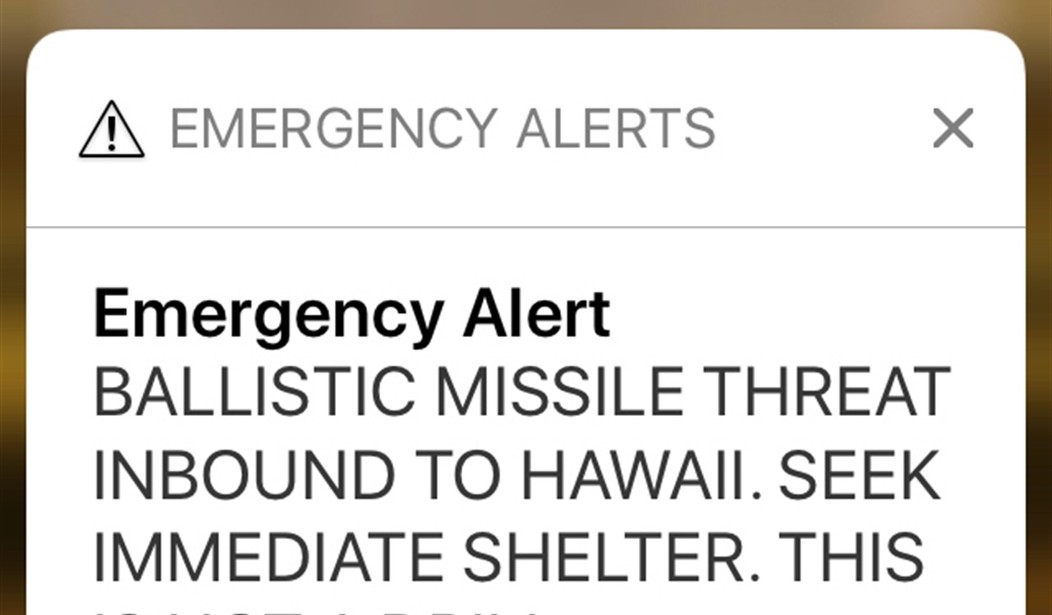
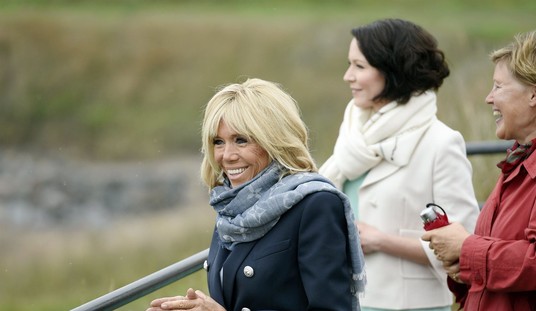
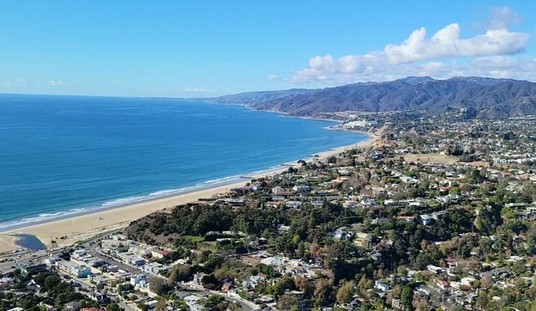



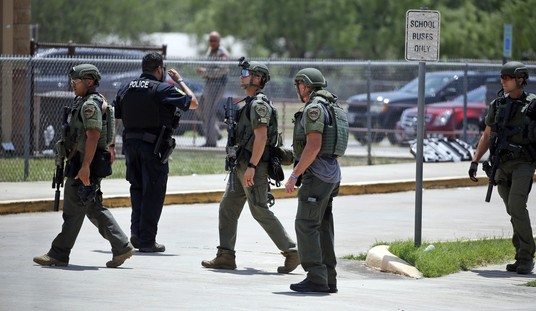
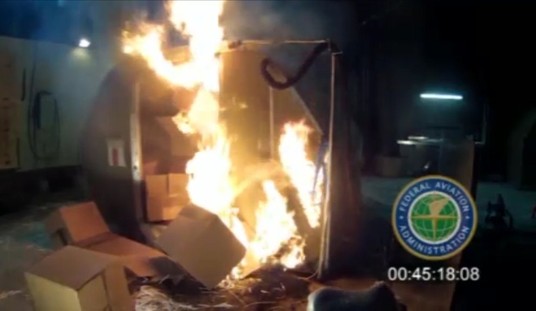
Join the conversation as a VIP Member